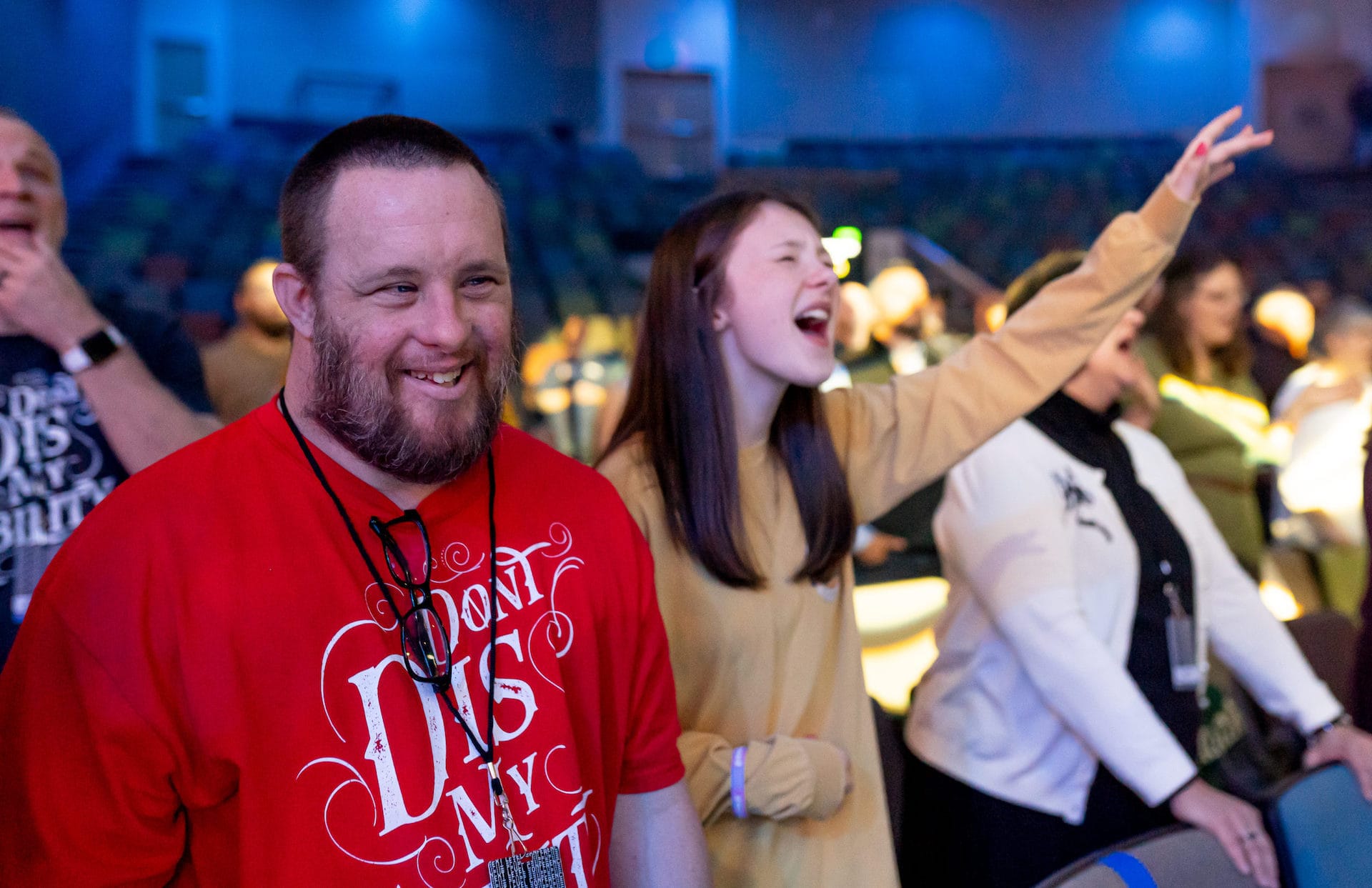

One of the biggest challenges in disability ministry is learning to communicate effectively with people who are nonverbal. However, this is not something to fear. There are many ways to communicate successfully using nonverbal methods, such as the ones we have previously explained here.
It should come as no surprise that Jesus models this for us. See the passage below from Mark 7:31-37 where Jesus communicates nonverbally in four different ways with man affected by disability.
“Then Jesus left the vicinity of Tyre and went through Sidon, down to the Sea of Galilee and into the region of the Decapolis. There some people brought to him a man who was deaf and could hardly talk, and they begged Jesus to place his hand on him. After he took him aside, away from the crowd, Jesus put his fingers into the man’s ears. Then he spit and touched the man’s tongue. He looked up to heaven and with a deep sigh said to him, “Ephphatha!” (which means “Be opened!”). At this, the man’s ears were opened, his tongue was loosened and he began to speak plainly.” – Mark 7:31-37 (NIV)
In this passage from Mark, we see a powerful moment where Jesus heals a man who is both deaf and speech-impaired. This healing stands out not just because of the miracle itself, but because of the deeply personal way in which Jesus interacts with the man nonverbally. It is a profound example of the compassion and care Jesus shows toward those with disabilities, and it gives us insight into how we, as His followers, should engage with others nonverbally.
The man in this story wasn’t just another face in the crowd to Jesus. When man is brought to Him, Jesus doesn’t simply perform the healing in a distant or impersonal way. Instead, He takes the man aside, away from the crowd. This act is significant—it shows that Jesus sees him as an individual with dignity and worth, not merely as a problem to be solved. He does this without using words. In a world that often overlooks or marginalizes those with disabilities, Jesus’ action reminds us to see the person, not just the disability.
Notice how Jesus heals the man. He touches his ears and his tongue, meeting him in his place of need with tangible, physical actions. Jesus doesn’t heal with a word from afar but enters the man’s experience in a very personal way without using words. This reflects the deep compassion Jesus has for those who are suffering. He acknowledges the man’s unique challenges and responds with empathy. Jesus’ compassion moves beyond pity; it is active and intentional.
Before performing the healing, Jesus looks up to heaven and sighs deeply. This gesture done without using words indicates a moment of prayer and connection with God the Father, but it also seems to express Jesus’ empathy for the man’s condition. He is fully present in the moment, entering into the man’s pain and isolation. By saying “Ephphatha” (“Be opened”), Jesus not only restores the man’s ability to hear and speak but opens him to a new way of living in relationship with others.
As followers of Christ, we are called to imitate His love and compassion. The way Jesus treats the man with disabilities in this story challenges us to reflect on our attitudes and actions toward people with disabilities. Do we see their full dignity as children of God? Do we engage with them in personal and meaningful ways, or do we keep them at a distance? Jesus’ example calls us to break down the barriers of isolation and exclusion, offering friendship, support, and inclusion to all people, regardless of their abilities. And the beauty of all of this is the fact that it can be done without using words.


